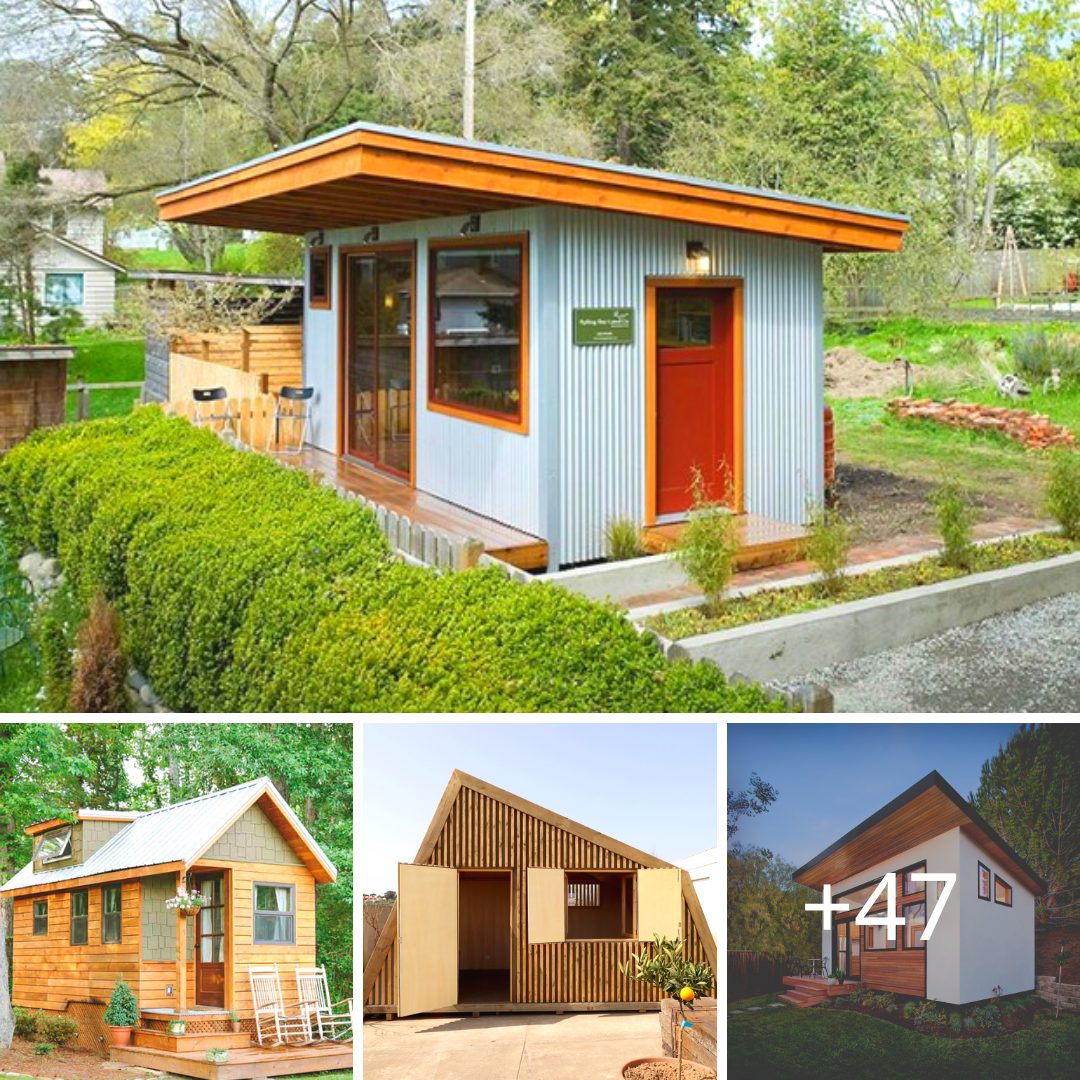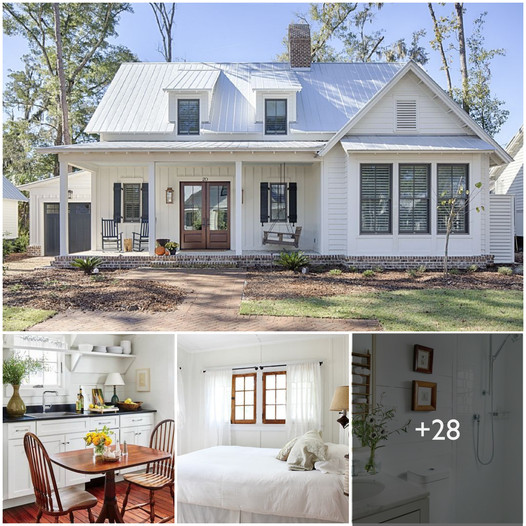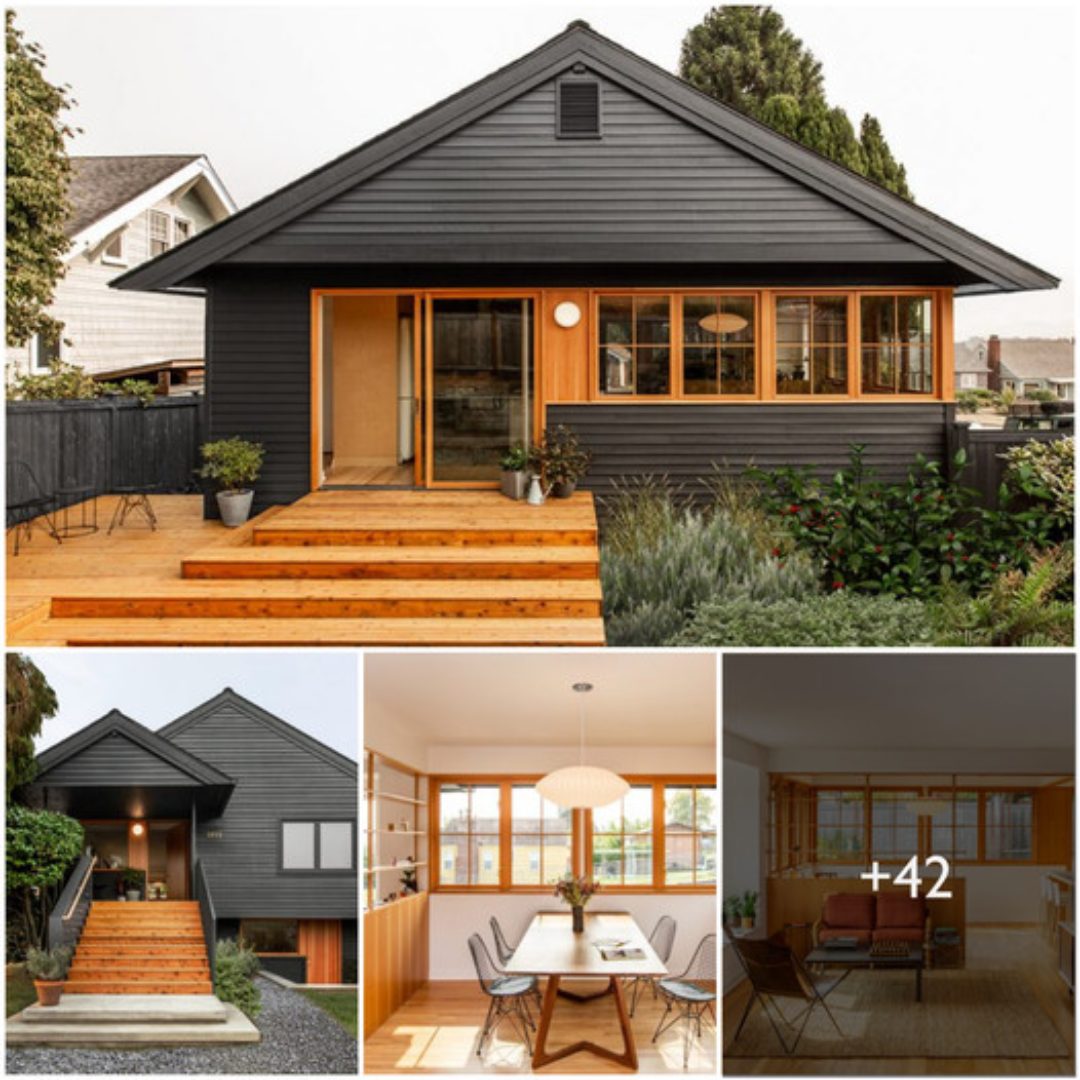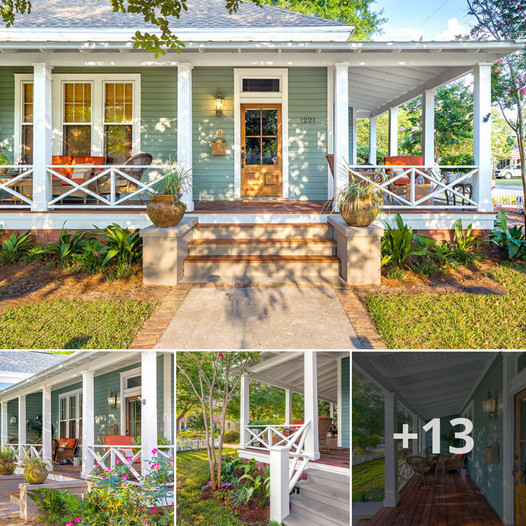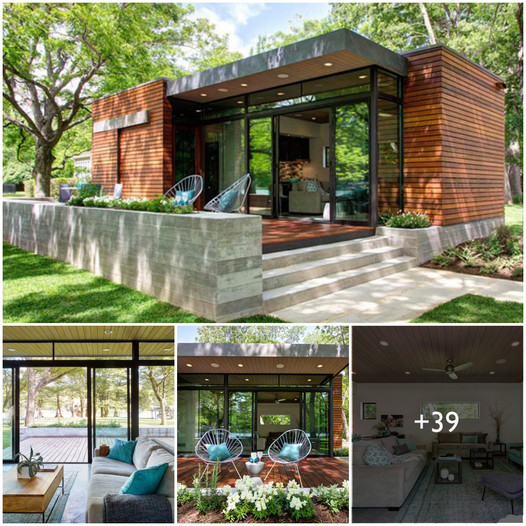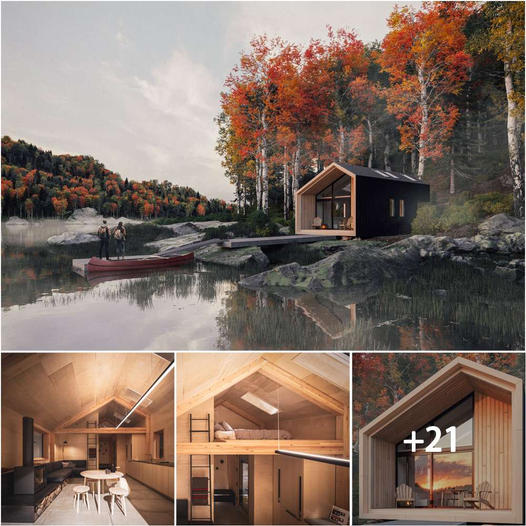Tips, tricks and design advice for incorporating old with new.
Incorporating vintage and antique finds into your home isn’t as straightforward as swapping new for old. These pieces have a unique design language, usually with distinctive materials, silhouettes and embellishments that can be at odds with modern homes or classic country cottages.
Here, we share some expert design tips for incorporating antique and vintage finds into your home.
Tip #1 Start small or consider family heirlooms
“If you’re hesitant about going all-in with vintage, start with small accents like antique vases, picture frames, or decorative accessories. For us, the kookier and more colourful the better,” says Louisa. “These touches can still bring that nostalgic feel without overwhelming a modern home.
Tip #2 Balance your colours and don’t overwhelm your space
“The key to mixing vintage items into your home is to only employ as much as your space can handle and to balance it out with thoughtful colour combinations,” says Naomi. “For example, you can’t go wrong with pairing brown and light blue as the coolness of blue hues harmonises with the warmth of wood furniture.”

You can almost always get away with using vintage or antique rugs, even in the most contemporary spaces – they can be really impactful in a slick kitchen – and an old rocking chair can look lovely in a bathroom with enough space.
Tip #3 Be playful, rather than serious

You’ll find a lot of old gym equipment in antique stores, which can look really irreverent in a home setting. Pop Art accessories are particularly fruitful here too – have a look at the fabulous 6ft pencil on 1st Dibs – or the colours and shapes in the Memphis era icons like the Tahiti Lamp by Ettore Sottsass.
Tip #4 Try grouping collections

There might be a natural inclination to dot your vintage finds around the room to disperse the effect somewhat, but there is a nice visual impact to be had in grouping pieces too. This is especially true if you have vintage or antique textiles like kilim rugs or cushions, which look really wonderful layered together or gathered onto a sofa.
Antique plates are another great example – they can be propped up in a glass-fronted cabinet, or lined up on shelves in a kitchen.
Collecting multiples can sometimes make antique shopping a little easier – you might focus on buying Murano glass vases or trinket boxes, or something that is fairly ubiquitously available like embroidered napkins or old books.
Tip #5 Tweak what isn’t working

Tip #6 Be mindful of your design decades

If you want to fill your home with antique and vintage pieces, be mindful of your decades.
“Sticking to three decades a room can ensure you avoid the space feeling confused and cluttered, rather than characterful and quirky, says Lucy Ward, Brand Director at Vinterior. “Apply this mentality to your furniture, as well as the structural parts of the room. Think statement 70s wallpaper, coupled with art-deco lamps and a grandiose 1930s chaise longue.”
Tip #7 How to use dark furniture

For a considered balance of colours, remember that the heavy woods so common in antique design will usually complement pastels, or if you’re brave enough, a shock of bright colours like orange or a cheerful apple green. Basic creams or grey won’t offer much of a counterbalance to your antiques, but can look very elegant.
Need more tips and ideas for decorating with vintage and antiques? The House of Healing: Best edition is filled with a wealth of inspiration to bring individual style into your own home.
